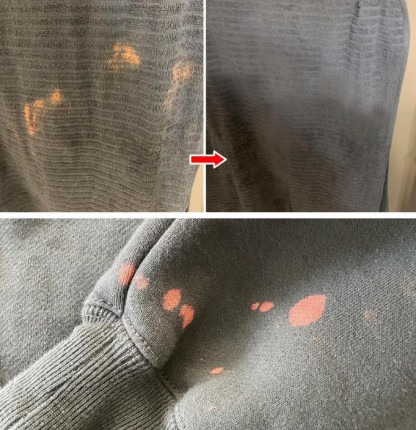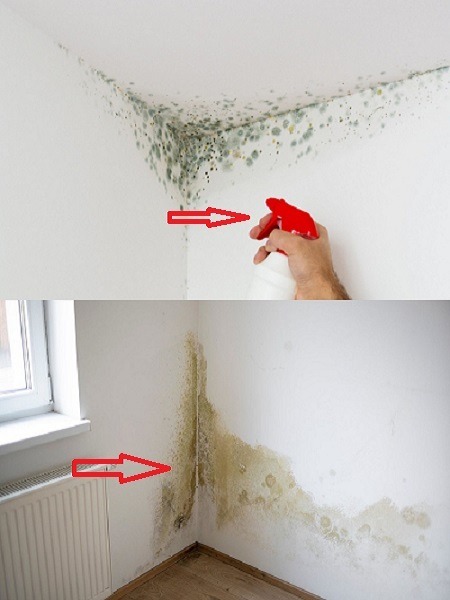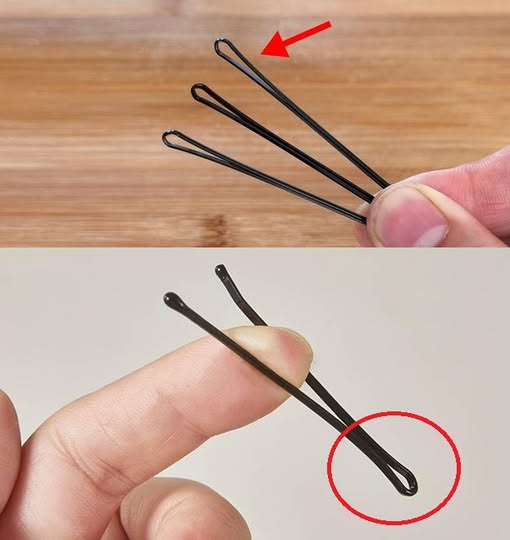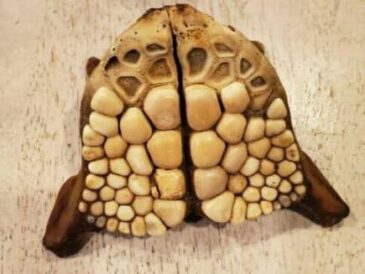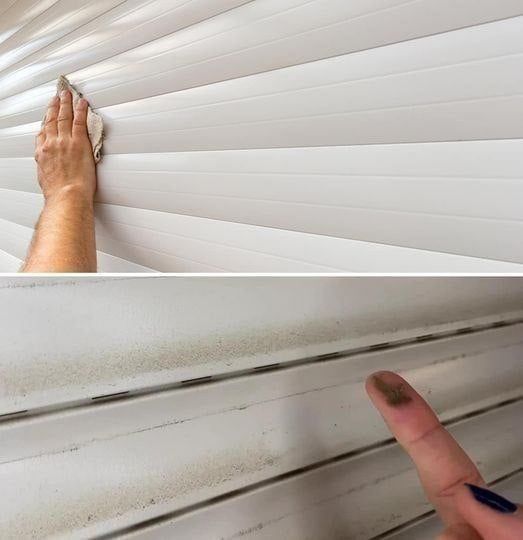It happens to the best of us. One moment you’re tackling laundry or scrubbing the bathroom, and the next—splat!—a few drops of bleach have landed on your favorite shirt or pair of jeans. Those chalky white spots seem permanent, and you think, Well, there goes that outfit.
But don’t toss it just yet.
Before you say goodbye to your stained clothes, try these two powerful home techniques to fight back against bleach damage. With just a few household ingredients, you might be able to reverse or disguise bleach stains effectively—and save your wardrobe in the process.
Let’s break it down step by step.
Why Bleach Stains Happen (And Why They’re So Tricky)
Bleach, especially chlorine bleach, is a strong oxidizing agent. It works by breaking down the color pigments (dyes) in fabric. While that’s great for whitening white clothes or cleaning surfaces, it’s disastrous for colored garments.
Unlike most stains (which add color or material to fabric), bleach removes color. That’s why traditional stain removers don’t work—they’re designed to lift stains, not replace lost pigment.
That said, there are still techniques you can use to neutralize bleach, minimize damage, or camouflage the stain so your clothes are wearable again.
🔧 Method 1: Vinegar and Alcohol Solution
This is a popular household remedy that many people swear by, especially for light bleach stains that are still fresh or only partially discolored.
🧪 Ingredients Needed:
- 250 ml (1 cup) white vinegar
- 250 ml (1 cup) rubbing alcohol (isopropyl alcohol)
- 1 clean cloth or sponge
- Access to cold water
👩🔬 Why It Works:
- Vinegar acts as a mild acid that can help neutralize bleach.
- Alcohol can sometimes redistribute remaining fabric dye around the stained area, helping to blend the bleach mark with surrounding color.
⚠️ Important: This method won’t “re-dye” the fabric, but it may minimize the contrast of the stain and make it far less visible.
🧴 Instructions:
1. Prepare the Solution
In a bowl or container, mix 250 ml of white vinegar with 250 ml of rubbing alcohol. Stir gently.
2. Apply the Solution
Soak a clean cloth or sponge in the solution. Gently dab the bleach stain—do not rub. Dabbing helps prevent the bleach from spreading further.
3. Rinse Thoroughly
After dabbing the area, rinse the fabric thoroughly with cold water to remove both the solution and any remaining bleach.
4. Repeat as Needed
For stubborn stains, you may need to repeat this process several times. Some users report significant fading of the bleach spot after 2–3 applications.
✅ Best For:
- Fresh bleach stains
- Mild or surface-level discoloration
- Dark-colored clothes where blending is possible
⚗️ Method 2: Sodium Thiosulfate Solution
This is a more chemical-based approach that is often used by professional cleaners and photographers (it’s the same chemical used to neutralize photographic fixer in darkrooms).
🧪 What is Sodium Thiosulfate?
Sodium thiosulfate is a chlorine neutralizer. It can stop bleach from continuing to eat away at fabric. Once neutralized, you can focus on hiding or repairing the stain without worrying about further damage.
You can find sodium thiosulfate at:
- Pool supply stores (sold as “chlorine neutralizer”)
- Online retailers (Amazon, chemical suppliers)
- Some pharmacies or chemical supply outlets
📋 How to Use It:
Next page

